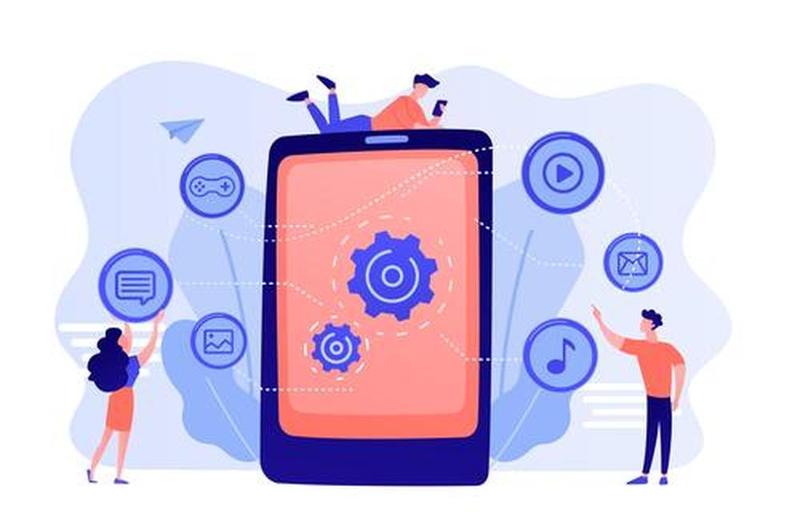Healthtech, a portmanteau of health and technology, refers to the application of technology in
healthcare to improve the delivery and outcomes of healthcare services. It encompasses a wide
range of technologies, including telemedicine, electronic health records (EHRs), wearable
devices, artificial intelligence (AI), and mobile health (mHealth), among others. In recent years,
the global healthtech market has experienced significant growth, driven by the increasing
demand for healthcare services, rising healthcare costs, and advances in technology.
Context and Applications
The rise of healthtech has been driven by a number of factors, including the growing demand for
healthcare services due to an aging population, the need for cost-effective healthcare solutions,
and the increasing prevalence of chronic diseases such as diabetes and cardiovascular disease.
Healthtech has the potential to transform the way healthcare is delivered, making it more
efficient, cost-effective, and accessible.
Healthtech is being used in a variety of settings, from hospitals and clinics to remote and rural
areas where access to healthcare services may be limited. Telemedicine, for example, allows
patients to consult with healthcare providers remotely, reducing the need for in-person visits and
improving access to healthcare services. EHRs enable healthcare providers to access patient
records electronically, improving the accuracy and completeness of patient data and enhancing
the coordination of care. Wearable devices, such as smartwatches and fitness trackers, enable
individuals to monitor their health and wellness in real-time, providing valuable data to healthcare providers.
Principles and Purposes of Healthtech
Healthtech works by leveraging technology to improve the delivery and outcomes of healthcare
services. This can involve the use of data analytics to identify trends and patterns in patient data,
the use of AI to improve diagnostic accuracy, or the use of mobile apps to enable patients to
manage their own health and wellness.
Healthtech can be used for a wide range of purposes, including disease prevention and
management, patient monitoring, medication management, and medical imaging, among others.
For example, mHealth apps can help patients manage chronic diseases such as diabetes by
providing them with tools to monitor their blood sugar levels, track their medication adherence,
and receive educational resources. Medical imaging technologies, such as magnetic resonance
imaging (MRI) and computed tomography (CT), enable healthcare providers to visualize internal
organs and tissues to diagnose and treat diseases.
Features and Advantages of Healthtech
One of the key features of healthtech is its ability to improve the efficiency and effectiveness of
healthcare services. By leveraging technology, healthtech enables healthcare providers to deliver
care more quickly, accurately, and cost-effectively. This can result in better outcomes for patients
and lower costs for healthcare systems.
Another key feature of healthtech is its ability to empower patients to take an active role in
managing their own health and wellness. Through the use of mobile apps and wearable devices,
patients can monitor their health in real-time, track their progress over time, and receive
personalized feedback and recommendations. This can help patients to better understand their
health and make informed decisions about their care.
Healthtech also has the potential to improve healthcare outcomes by enabling healthcare
providers to make more informed decisions. By providing healthcare providers with access to
real-time patient data, healthtech can help them to identify trends and patterns in patient health,
identify potential health risks, and make more accurate diagnoses.
Healthtech Challenges
Despite the many advantages of healthtech, it is not without its challenges. One of the main
challenges is ensuring data privacy and security. As healthtech relies heavily on the collection
and storage of personal health data, there is a need to ensure that this data is secure and protected
from unauthorized access. This is especially important given the increasing threat of cyber
attacks on healthcare systems and the sensitive nature of health data.
Another challenge is the cost of implementing and maintaining healthtech systems. Many
healthcare providers and facilities may not have the financial resources to invest in the latest
healthtech systems, leading to disparities in access to quality healthcare services.
Furthermore, there is a need to ensure that healthtech is accessible and user-friendly for all
patients, including those who are elderly or have disabilities. This can be a challenge as some
healthtech systems may be too complex or require technical expertise to use, leading to a digital
divide in healthcare access.
Healthtech has the potential to revolutionize the healthcare industry, improving
patient outcomes, increasing efficiency, and reducing costs. From telemedicine to wearable
devices to AI-powered diagnostic tools, the possibilities for healthtech are vast and exciting.
However, it is important to acknowledge the challenges that come with implementing and
maintaining healthtech systems, and work towards solutions that ensure accessibility,
affordability, and data security. With the right investment and support, healthtech can help create
a more equitable and efficient healthcare system for all.






